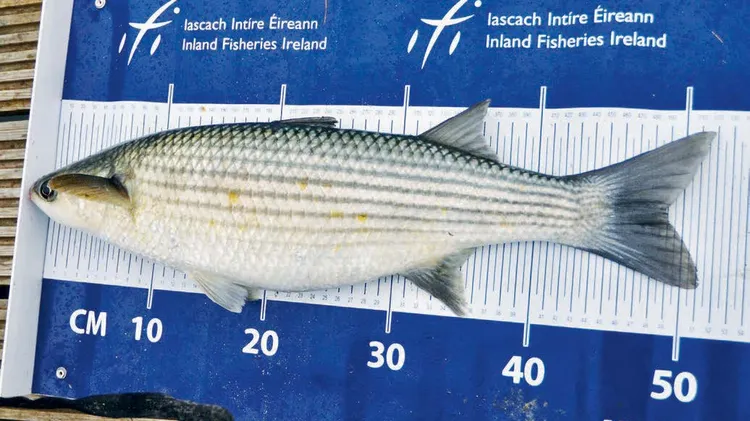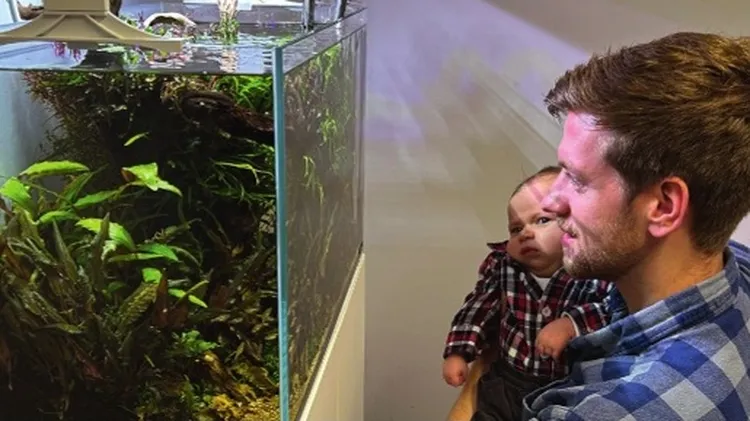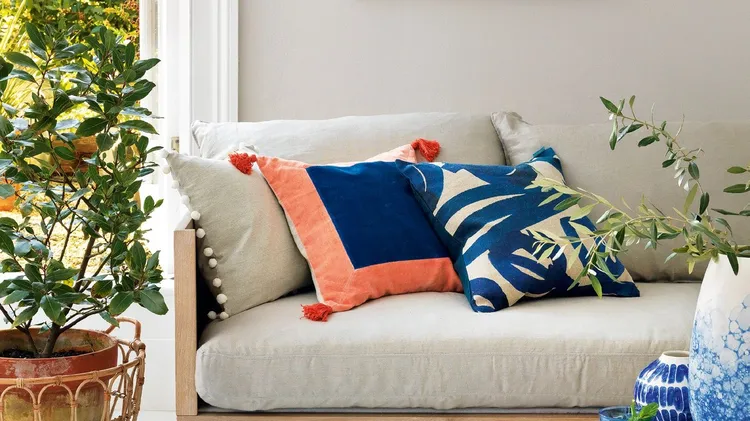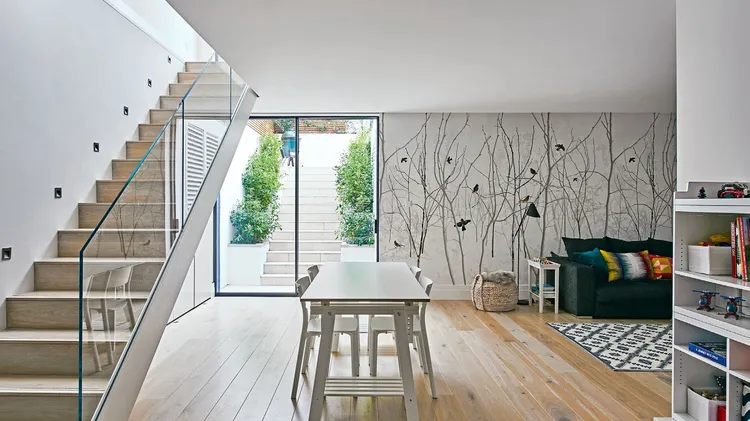Robin Mannion, managing director of Pholium Mariculture UK, r
Home is where the spawning is…
8 min read
This article is from...
Read this article and 8000+ more magazines and newspapers on Readly






